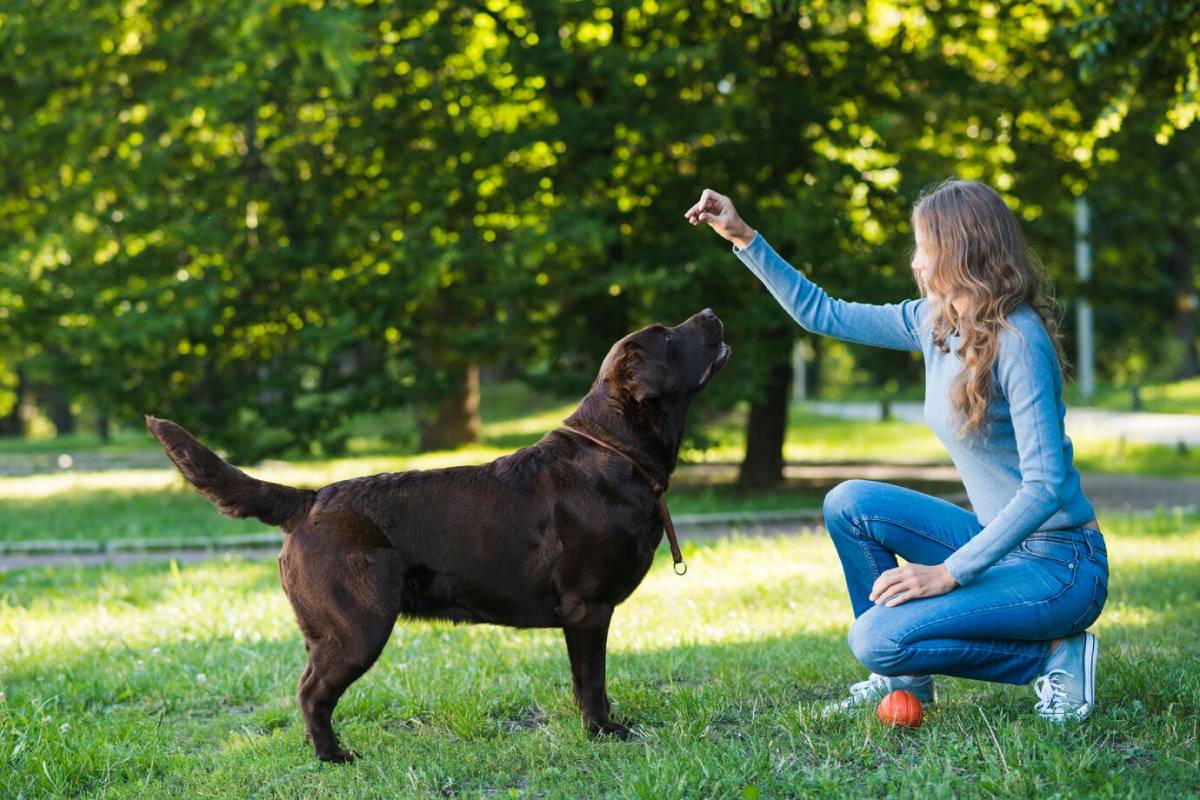
How to Teach Your Dog Basic Commands: Sit, Stay, Come
Teaching your dog to follow basic commands is a rewarding part of responsible pet ownership.
Our team has found that consistent, positive reinforcement is the most effective way to introduce dog training commands. Whether you’re working with a puppy or an older dog, the basics—sit, stay, and come—form the foundation of good behaviour and reliable obedience.
Basic obedience training not only makes everyday life smoother but also strengthens the bond between you and your dog. These commands help keep your dog safe in public spaces, improve their focus at home, and contribute to a calmer, more controlled environment.
The good news? With patience and the right approach, teaching sit, stay, and come can be an enjoyable routine you and your dog look forward to.
Pro Tip: Keep training sessions short—5 to 10 minutes at a time—to avoid overwhelming your dog and maintain their attention.
Quick Guide: Teaching Sit, Stay, and Come
- Use treats or favourite toys as motivation during training.
- Practise in a quiet, distraction-free space before progressing outdoors.
- Reward immediately after your dog follows the command correctly.
Important:
Always use a cheerful, calm tone and avoid punishment. Dogs respond best to encouragement, consistency, and rewards—not fear or frustration.
Why Basic Obedience Training Matters

Having your dog reliably respond to simple commands like sit, stay, and come is crucial—not just for convenience, but for safety. These core skills help manage unwanted behaviours, improve leash control, and allow you to confidently navigate parks, visitors, or unexpected situations.
Our team has observed that owners who start early and practise regularly report stronger communication with their pets. And it’s never too late—older dogs can learn new tricks just as well, especially with a bit of patience and positivity.
Teaching “Sit” – The Starting Point of Obedience
Step-by-Step:
- Hold a treat close to your dog’s nose.
- Move your hand slowly upward. This will cause their head to follow the treat and their bottom to naturally lower to the ground.
- As soon as they sit, say “Sit” clearly, then give the treat and praise.
Repeat several times a day. Your dog will soon associate the word “sit” with the action and reward. Eventually, try using the command without the treat gesture.
Extra Tips for Successful Training

- Be consistent with words and tone: Everyone in the household should use the same command words.
- Use high-value treats: Save the best snacks for training—like bits of cheese or chicken.
- Don’t rush: Each dog learns at their own pace. Stay patient and calm.
- End on a high note: Finish each session with a successful command and reward.
For even smoother sessions, make sure you’re choosing the right collar for your dog—comfort and control go hand in hand during training.
Handy Training Aids
- Clickers are Useful for marking the exact moment a behaviour is performed correctly.
- Treat Pouches Keep rewards accessible to reinforce good behaviour instantly.
- Long Leads Perfect for teaching “come” while maintaining control in outdoor spaces.
Warning:
Never use shouting, yanking leads, or physical correction to force commands. These tactics damage trust and can lead to behavioural issues. Always reward the desired behaviour instead of punishing mistakes.
Teaching “Stay” – Promoting Patience and Control
Step-by-Step:
- Start with your dog in the sitting position.
- Open your palm in front of their face and say “Stay” firmly.
- Take one or two steps back. If your dog holds their position, return, reward, and praise.
Gradually increase the distance and duration. If they move, calmly return them to the original spot and try again. Consistency is key.
Tip: Practise in different settings as your dog improves to ensure they obey the “stay” command even with distractions.
Frequently Asked Questions About Basic Dog Training
1. What Age Should I Start Training My Dog?
As early as 8 weeks! Puppies can learn basic commands very young, but older dogs can also learn with consistency and patience.
2. What If My Dog Doesn’t Respond to Treats?
Try using a favourite toy or affection as a reward. Some dogs are more play- or praise-motivated than food-driven.
3. How Long Will It Take to Learn “Sit, Stay, Come”?
It varies. Some dogs learn to sit in a day, but stay and come require regular practice over weeks. The key is consistency and repetition.
4.Can I Train My Dog Without a Trainer?
Absolutely. Many owners succeed with online resources and daily practice. However, a professional trainer can help if you’re struggling or want to advance your skills further.
5.What If My Dog Gets Distracted Easily?
Start in a calm space and slowly add distractions as your dog improves. Patience and practice will help build focus over time.
Final Word: Build Trust Through Training

Teaching your dog to sit, stay, and come is about more than obedience—it’s about building trust, improving communication, and creating a happy, well-adjusted pet.
With the right training techniques and plenty of praise, you’ll find that these basic dog training commands become second nature—for both of you. Obedience skills also help reduce confusion and stress in dogs, which is especially valuable when addressing separation anxiety in pets.
Remember, training is not just a task but a bonding experience that strengthens the connection you share with your dog every single day.


